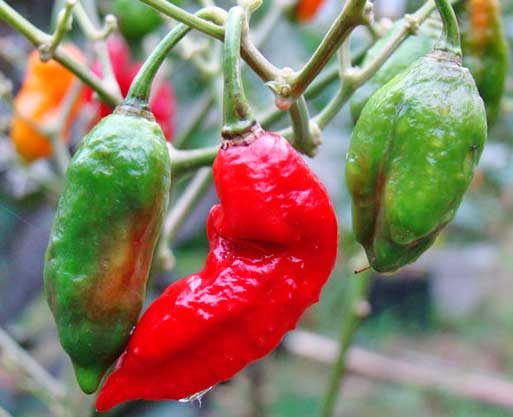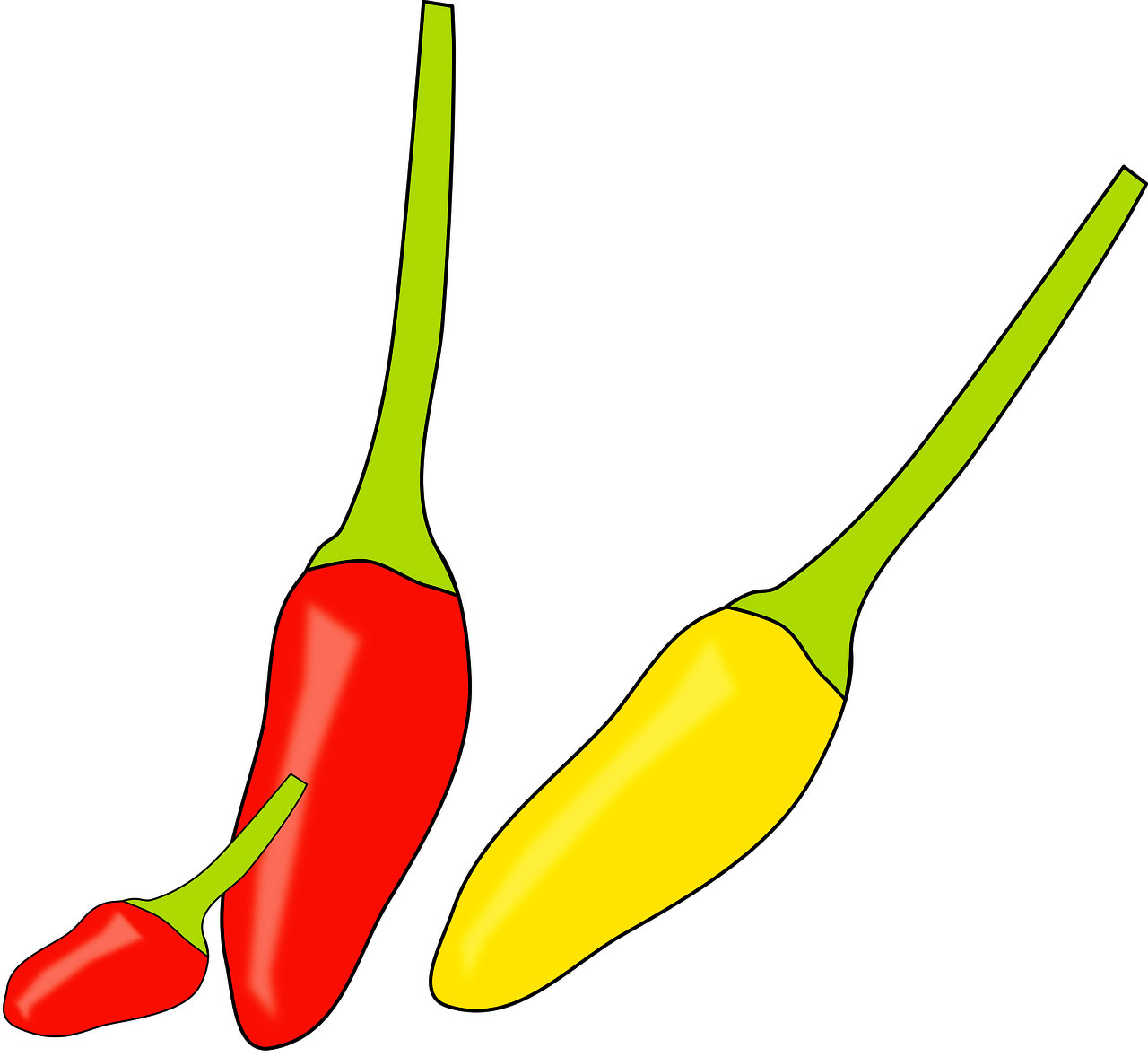Growing Peppers Indoors is Easy!
Growing peppers are so much fun! Here comes some interesting information about chili and a bit growing tips!
Growing Peppers
Chili belongs to one the earliest plants you can plant and if you don’t have a garden, a sunny windowsill will suffice. That is, you can grow peppers indoors as well as outdoors and you can germinate your peppers early.
To grow the chili plants at home is very fun because they are both easy to grow and beautiful. In addition, you can have the pleasure of them long since they are perennial.
What makes growing chilis indoors (or outdoors) exciting is that there is so many different varieties! The colors of the peppers go from purple and brown to orange and red. They can be long and curly shape, or look like small bells. And the leaves can be solid colors or speckled.
If you want to have a look at some other great recipes, guides on growing peppers indoors and how to use pepper fruits theck out the Chili Life blog!
Uses of Chili
You may wonder how you can use your homegrown chili peppers? An example of a pure tasting exploision is the combination of chili, ginger and garlic which is the basis for many dishes, especially in the Indian cuisine.
Your homegrown chili peppers can be used in everything from sauces to grilled meat. Yes, in everything except pea soup, maybe. One of my favorite dishes is brown beans with the habanero type chili pepper known as “Chocolate Scotch Bonnet” together with roast pork. Yummy!
Here’s two example of how to utilize peppers:
In the chili pepper family there are different species that are commonly cultivated:capsicum annuum, capsicum baccatum, capsicum chinense, andcapsicum pubescens as well as a number of wild varieties. The heat ranges from weak to strong and be found in all groups.
Scoville Heat Units - the heat of the peppers
The chili heat is something you get used to. It’s chemical capsaicin that gives the chili pepper its heat is measured in Scoville Heat Units (SHU).
Check this video out if you want to see more about the science of the heat of peppers:
The hotter chili peppers of ‘Bhut Jolokia’-varieties are between between 1.1 - 1.6 million SHU. Today, the hottest chili pepper, according to the Guiness Book of Records, is the Carolina Reaper.

See this excellent post about how the heat of chili peppers are measured.
Personally, I think these super hot peppers are ridiculously strong. However, they also has a good taste behind the strength. A pinch of powder is enough for a casserole for four people. Beware, it WILL be HOT!
How do I know how strong a pepper fruit is?
If you want to know how strong a chili pepper is you can cut it at the shaft and taste using your tongue. To take a bite of the tip does not work as the peppers are hottest in the intermediate walls where the seeds are located.
Growing Wild Chili Peppers
The wild verieties are the most difficult to grow. Impatient beginners may want to choose a variety that may fruits early such as “Aji Blanco Cristal” or “Habanero Lemon”.
Some chili varietes can get really old, but is usually don’t get better as the age. However, you get an earlier harvest from year two. Then you can start harvesting as early as may or June.
Look here if you want to find some wild chili seeds.
It is also possible to grow chilies outdoors in the ground even if you are living in a cooler climate. Then it is important to choose a variety that can handle it. “Espelette” is an example of a variety that works well outdoors, in cooler climate.
Check this video post to learn how to get a greater yield!
When to Harvest your Peppers
When you feel that chili peppers begins to soften a bit, they are ripe. Homegrown peppers can be stored, and kept fresh, up to one month in the refrigerator. It is also possible to dry them either by hanging them up on a wire, in the oven on low heat or in a fruit dryer.
Dried peppers can be used to make your own chili powder. The easiest way is to use an electric coffee grinder, but do not use it for a coffee afterwards! If you don’t what to spice up your coffe, that is!
It is also possible to cut the peppers inhalves, remove the seeds, and freeze them, or make ready-made sauces.
See also my earlier posts on topics such:
